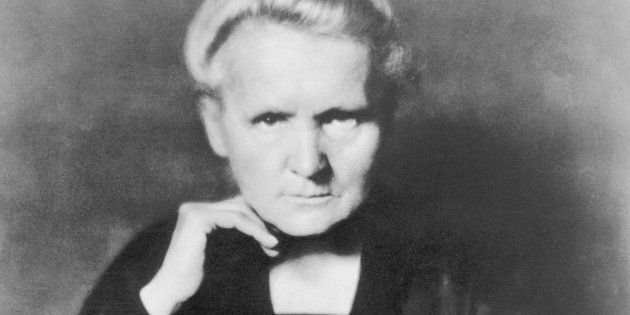
I arrived in Australia seven months pregnant with my first child to start my PhD on tropical rainforest ecology. My head was full of optimism for a bright future in science. The plan was to start shortly after the baby was born, strap the little one to my back and head off to do my fieldwork in Borneo.
Of course, all my plans changed once my son arrived and a healthy dose of reality hit. All my plans, except that I still wanted a job in science. I didn't realise at the time that -- as a woman with her sights set on a scientific career -- the odds were stacked against me.
Women are drastically under-represented in STEM (science, technology, engineering and maths) careers. When we look broadly across the STEM disciplines we have gender equality at graduation, although some of our disciplines, such as physics, engineering, maths and information technology, still have extremely low numbers of females graduating (between 13-35 percent).
A recent report by the Office of the Chief Scientist titled Busting Myths About Women In STEM suggests that women are clearly interested in STEM-based careers. However, pervasive social norms and myths about the capacity for girl's ability to undertake STEM influences participation from an early age.
When we look abroad to more inclusive working environments there is evidence social norms have an influence on women choosing STEM careers. For example, in China and Malaysia, engineering is close to gender parity.
Once women enter their careers in science there a gaping divide between the genders, both in wages and participation at leadership levels. For a while in my Science Faculty we had less than 10 percent of women in senior leadership roles and the department that I work in had no women in leadership.
This glaring absence of women makes it difficult to access role models. Furthermore, workplace cultures inherently have male-focused cultural norms. I can only attribute my academic appointment to two brilliant senior men who actively sponsored my early career.
We all know the importance of diversity in the workplace and the unique contribution that women make when they are in leadership roles. Surely we are missing out on ground-breaking discoveries and life changing cures through this lack of gender equity? It is clear our STEM professions must embrace women.
The challenges related to women in leadership are not just a STEM issue. They are challenges every sector faces, just at different magnitudes.
How are we to respond when every sign indicates it's going to be a very long time until we achieve gender equality (some predict the year 2186)? We can catalyse change quicker if we start taking action now.
Achieving gender equity is not just a women's issue, it's an issue everybody has a part to play in. The leadership in STEM professions need to start making active changes to address areas contributing to inequalities in their workplaces. This includes hiring and promotion practices, salaries and workplace culture. Providing a working culture in STEM professions that embraces women will ensure we retain our much needed talent.
Our education system, including school leadership, parents and teachers, must band together to change socially ingrained attitudes about girls in STEM. To help with this, it's important that we ensure young women coming through STEM have visible female role models. These role models need to be assessable, but we also need to do a better job of celebrating the magnificent and accomplished women in STEM. They are making incredible contributions to our society and economy, but remain largely invisible and voiceless.
12 years years on, a PhD, three children later and an academic position at one of Australia's top universities, some might say I'm a success story for women in science.
It's been a fight every step of the way. But provided we start enacting some of these changes, I'm still looking forward to a bright future in STEM in Australia, both for myself and the brilliant young women that follow me.